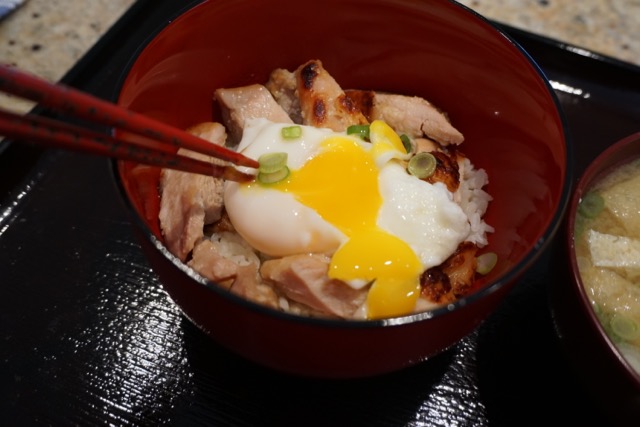As suggested, I garnished it with finely chopped parsley fresh grated Parmigiano-Reggiano and freshly cracked black pepper.
The below are the original recipe with one important modification; instead of a food processor, use a blender.
INGREDIENTS
1 medium head (2 pounds) cauliflower, cored and cut into 11/2-inch florets (7 cups)
1/3 cup low-fat milk (1 percent), plus more as needed
1 tablespoon unsalted butter
1/4 teaspoon kosher salt, plus more as needed
Generous pinch freshly grated nutmeg
1/4 cup freshly grated Parmigiana-Reggiano cheese, plus 4 teaspoons for garnish
1 tablespoon chopped fresh flat-leaf parsley
Freshly ground black pepper
STEPS
Place the cauliflower florets in a steamer basket set over a pot of boiling water. Cover and steam until the cauliflower is just tender, 5 to 7 minutes.
Transfer the cauliflower to a blender along with 1/3 cup of the milk (I needed more milk, probably 1/2 cup total), the butter, the 1/4 teaspoon of salt and the nutmeg; puree until very smooth. Add extra milk a tablespoon at a time, as needed. Immediately add 1/4 cup of the cheese and pulsed just until the cheese melted and was incorporated.
When I first made it, using the Cuisinart as specified in the recipe, it was grainy and mealy. When my wife made cauliflower puree to make her cauliflower/spinach panna cotta, the cauliflower puree was really silky smooth. I initially thought cauliflower must be cooked in milk and butter as my wife did. But when we made English pea panna cotta, it became clear to us, the use of the blender made the difference. So I placed my previously made cauliflower puree into the blender and pureed it again. I needed to add a bit more milk but the end result was night and day different. Now the puree was nicely smooth, creamy and incorporated more air and became fluffy. This can be served warm or cold. I served it cold the second time with some good Spanish olive oil on the top. This made it better still. This can be eaten as a side vegetable dish, drinking snack or even as a spread for a cracker or a slice of bread.






























